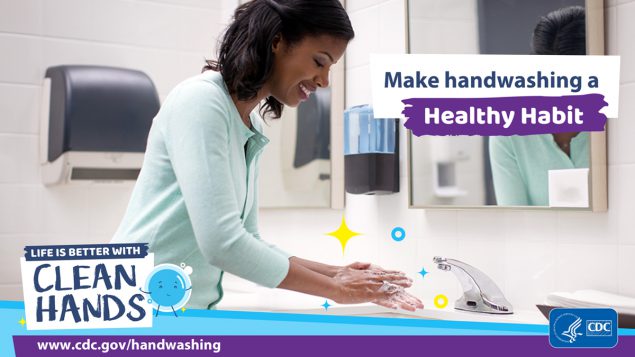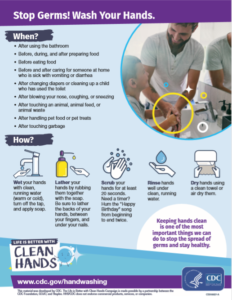CDC has launched Life is Better with Clean Hands, a national campaign encouraging adults to make clean hands a healthy habit at home and away.
Washing your hands is easy, and it’s one of the most effective ways to prevent the spread of germs. Studies have shown that handwashing can prevent 1 in 3 diarrhea-related sicknesses and 1 in 5 respiratory infections, such as a cold or the flu.
Handwashing is one of the best ways to avoid getting sick and spreading illness to others. Germs can spread easily in offices where employees share the same space, supplies, and equipment. CDC recommends washing hands often, especially during key times when you are likely to get and spread germs. In workplaces, these key times are before eating lunch or preparing food, after using the bathroom, and after blowing your nose, coughing, or sneezing.
Follow these five steps every time.
- Wet your hands with clean, running water (warm or cold), turn off the tap, and apply soap.
- Lather your hands by rubbing them together with the soap. Lather the backs of your hands, between your fingers, and under your nails.
- Scrub your hands for at least 20 seconds. Need a timer? Hum the “Happy Birthday” song from beginning to end twice.
- Rinse your hands well under clean, running water.
- Dry your hands using a clean towel or air dry them.
If soap and water aren’t available, you can use an alcohol-based hand sanitizer that contains at least 60% alcohol.
Wash hands before, during, and after preparing food and before eating. Be sure to wash before preparing any food and after touching raw meat, poultry, seafood, and eggs.
Wash hands before and after using gloves. Gloves can get contaminated with germs from your hands. Be sure to wash your hands before and after using gloves to prevent the spread of germs.
For more information on Life is Better with Clean Hands, a campaign promotion toolkit, free posters, and other resources for promoting handwashing, visit www.cdc.gov/handwashing.
Source: CDC.gov


